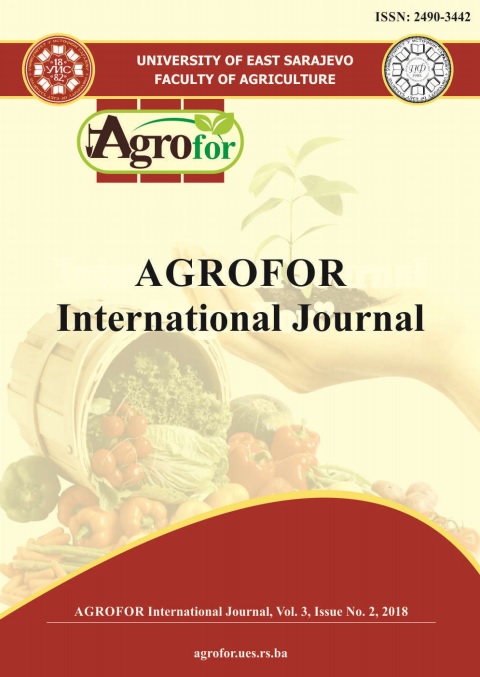A BLUEPRINT FOR ELEMENTARY REPRESENTATIVE WATERSHED SPECIFICATION
DOI:
https://doi.org/10.7251/AGRENG1802129SAbstract
Provision of ecosystem services is necessary for our quality of life. In this vein, it
is critical to develop a baseline to monitor the ecosystem behavior using
monitoring, mapping, and modeling indicators of landscape condition. The
representative watersheds (RWs) can therefore be considered as such decision
blueprint to implement the best management practices to conserve and
consequently improve ecosystem services. There are few researches for the
selection of RWs. However, the comprehensive and of course applicable
methodologies still are lacked particularly in developing countries where
concentration and proper directing of conservation measures are further needed
owing to investments constraints. Therefore, in the present study, an intensive
watershed selection process was undertaken to identify RW across the Gharesoo-
Gorgan River Basin (ca. 12987 km2), Golestan Province, Iran. This study aimed to
adopt the Laize’s approach in Gharesoo-Gorgan Watershed for identifying the
representative sub-watershed. Towards this, four GIS-based layers of elevation,
slope, rainfall erosivity and land use were selected for sub-watersheds
characterization. The representative watershed index (RWI) was then calculated
and mapped using MATLAB 2016 and ArcGIS 10.3 softwares, respectively. The
RWI was calculated pixel wise for all nine individual sub-watersheds and the entire
watershed as reference area with the help of matrix combinations of four study
layers. Ultimately, RWIs obtained from 21.3 to 62.6 with mean of 44.94±14.49 and
coefficient of variation of 32.25% were used for sub-watershed prioritization.
Accordingly, the sub-watershed 8 in north east with RWI of 56.8 was proposed as
the final RW for the whole Gharesoo-Gorgan Watershed. The results of the study is
helpful to be used by authorities for launching monitoring systems in the RW to
collect behavioral indicators leading to designation of reasonable ecoenvironmental
restoration strategies.

